14 Must-Visit Off-the-Beaten-Path Nature Spots in Shimanto, Kochi

Discover 14 nature-rich and local spots in Shimanto City—perfect for travelers seeking a peaceful getaway.
-
Table of Contents
- 1. The Submerged Bridge offers a panoramic view of the Shimanto River
- 2. A Yakatabune Boat Ride: Experience Nature with All Five Senses
- 3. Enjoy the Shimanto River with your whole body on a canoe tour
- 4. Be amazed by the spectacular view of the Shimanto River connecting with the Pacific Ocean at Michizaki Observatory
- 5. Shimanto River Aquarium - Learn about the nature of the Shimanto River River
- 6. Learn about the history of Shimanto City at Shimanto City Local Museum Shiroto
- 7. "Yanami Waterwheel Village" - A tranquil rural landscape
- 8. Ichijo Shrine, the foundation of Tosa Little Kyoto
- 9. Kozanji Temple and Citizens' Mori, founded by Kobo Daishi Kukai
- 10. Iwami-ji Temple: A mini pilgrimage around the 88 temples
- 11. Fuwa Hachiman Shrine, the oldest shrine in Kochi Prefecture
- 12. The little-known power spot, "Jaou Shrine"
- 13. Shimanto Astronomical Observatory: Enjoy the starry sky in the "Shimanto Sky Town"
- 14. If you are looking for local souvenirs, go to Roadside Station Yorimizu Tosa
- Access to Shimanto City
- Let's take a ride on YODO LINE BROTHERS!
- Want to know more about Shimanto City?
The last clear stream, the Shimanto River River
The Shimanto River is the longest river in western Japan, stretching 196 km in length and originating from the Shimanto River in Kochi Prefecture . It has been selected as one of Japan's 100 Best Waters and 100 Unexplored Places, and is also known as Japan's last pure river .
The Shimanto River meanders widely, making its flow gentle. You can enjoy the sky and scenery reflected on the water's surface like a mirror.

The best season is generally said to be from spring to summer, but the Shimanto River River basin is surrounded by nature and offers views of every season, including autumn leaves and snow-covered scenery in winter.
Also, because the amount of plankton decreases in winter, the water is clearer than in summer, making it possible to see all the way to the bottom.

You can see fireflies at Shimanto River from late May to early June.
The sight of fireflies flying around under a star-filled sky and on the majestic Shimanto River is truly fantastical, and there are few other examples on such a scale anywhere in the country.

14 recommended tourist spots in Shimanto City!
1. The Submerged Bridge offers a panoramic view of the Shimanto River
A bridge without railings that is designed to be submerged in the river when the water level rises is called a " submerged bridge." "It is called.

There are as many as 48 sunken bridges across the Shimanto River. Among them, the Sada Sunken Bridge , located at the very bottom of the Shimanto River, is the longest sunken bridge with a total length of 291.61m and its impressive blue piers, making it a popular destination with many tourists.

The submerged bridges were built by the ingenuity of our ancestors who lived in harmony with nature, rather than trying to control the forces of nature. They are a symbol of Shimanto City, and also evoke the Hara scenery of good old Japan.

2. A Yakatabune Boat Ride: Experience Nature with All Five Senses
On the Shimanto River River Yakatabune , you can enjoy a tasteful yakatabune cruise.
As you are rocked on the gently flowing Shimanto River, you can enjoy the sounds of the river, the birds singing, and the scent of greenery, and spend a relaxing time. The course that passes under the sunken bridge from below is one of the best parts of a yakatabune.

The " Yakatabune " has a roof, so you can ride safely even on rainy days . Enjoy a special lunch box while watching the scenery slowly move by, creating special memories of your trip.

At " Funamo Roman Matsuhiroya ," you can enjoy a boat mothership . The sailing ship, pushed silently by the wind, brings you closer to the nature of Shimanto.

The Shimanto City Tourism Association is selling great value sightseeing boat tickets at a 10% discount off the regular price.
3. Enjoy the Shimanto River with your whole body on a canoe tour
You can also enjoy canoe touring on the Shimanto River.

You can experience the rich nature of the majestic Shimanto River with your whole body while feeling a sense of freedom. If you lie down in a canoe, you will experience an extraordinary sensation of being one with the water surface.
The river's current is gentle, so even beginners can easily enjoy a canoeing experience.

At Shimanto Canoe and Camping Village Kawarakko , you can enjoy SUP touring, and there is a convenient campsite equipped with power outlets and a sink, making it a popular camping spot.

4. Be amazed by the spectacular view of the Shimanto River connecting with the Pacific Ocean at Michizaki Observatory
If you want to enjoy the magnificent view of the Shimanto River meeting the Pacific Ocean, head to Michizaki Observatory .
You can see the end of the Shimanto River, the longest in western Japan at 196 km in length. This is a scenic spot known only to those in the know, located in a large southwestern park.

Climbing the 7m cylindrical observation deck, you can see the horizon of the Pacific Ocean in front of you. You can enjoy the magnificent view of the sea and river meeting while being surrounded by the scent of nature.
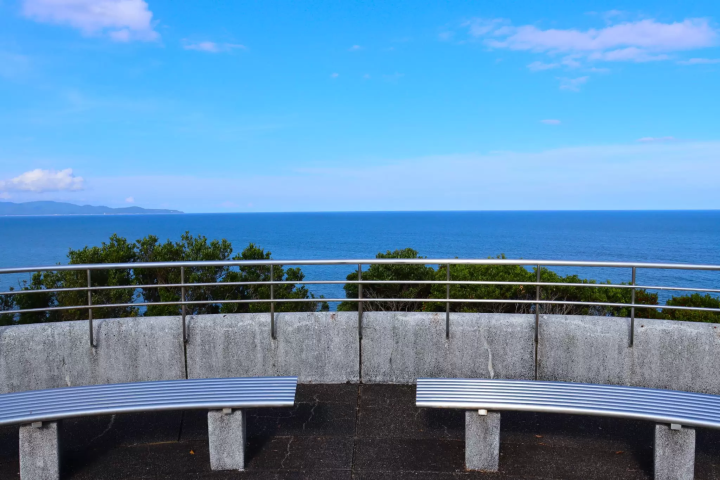
Near the Michizaki Observatory, Shimoda Park is home to the " Utsuro " sculpture by artist Katsuyuki Shinohara (nicknamed "Kuma-san"). The iron tower points to the North Star, and the seven stained glass windows represent the Hokuto.

5. Shimanto River Aquarium - Learn about the nature of the Shimanto River River
Dragonfly Nature Park is the world's first dragonfly sanctuary, and is home to 81 confirmed species of dragonflies , the most in Japan .

The park is surrounded by green trees and seasonal flowers, and has walking paths where you can see around 60 species of dragonflies all year round.

At Dragonfly Nature Park you can get outdoors and interact with living creatures and feel the nature, and at Gakuyukan you can see specimens of insects from all over the world, including dragonflies from the Shimanto River.

In addition, fish that live in the Shimanto River and around the world are also on display, and the experience of feeding the pirarucu, one of the world's largest freshwater fish, is very exciting.

6. Learn about the history of Shimanto City at Shimanto City Local Museum Shiroto
Shiroto is a castle-shaped museum located on the ruins of Nakamura Castle , which was the residence of Yamauchi Kazutoyo 's younger brother, Yasutoyo.

The museum introduces the life, history, and culture that has been woven around the Shimanto River and its tributaries as "a town that lives in harmony with the river."
The museum also displays valuable materials relating to the Tosa Ichijo family, the Nakamura Yamauchi family, the late Edo period patriot Higuchi Shinkichi , and the representative Meiji period socialist Kotoku Shusui, who was born in Nakamura.

The Mogami is an observation deck , offering a panoramic view of the Shimanto River, Mount Higashiyama, and the city.

In spring, the cherry blossoms bloom in Tamematsu Park , located next to the local museum, and many visitors come to see the flowers every year.

7. "Yanami Waterwheel Village" - A tranquil rural landscape
The Yasunami Waterwheel was built to construct a well weir (160m long, 11m wide) for the purpose of diversion of water at Aso, a tributary of the Shimanto River River, to irrigate the four villages of Akita, Yasunami, Saoka, and Kotsuka.

In the past, numerous waterwheels were installed across this ditch to pump water for the kattan cotton and rice fields in this idyllic rural setting.
Unfortunately, there are only a few waterwheels left to pump water for the rice fields, and the ones installed for tourism purposes are managed by local people.

A park has also been developed near the waterwheel, and together with the hydrangeas planted along the waterway, they add color to the scenery.

8. Ichijo Shrine, the foundation of Tosa Little Kyoto
Ichijo Shrine was built in 1862 by volunteers commemorating the virtues of the Tosa Ichijo clan on the site of the Ichijo family mausoleum, which was located at the top of Mt. Komori, part of the former Nakamura Gose Palace.

The Tosa Ichijo clan began with the former regent Ichijo Norifusa, who fled to the area to avoid the Onin War, and over the next four generations, they devoted themselves to the development of culture and the economy of Nakamura. Ichijo Shrine enshrines the spirits of the successive generations of the Tosa clan, including Ichijo Norifusa's father, Kaneyoshi.
Within the grounds, there are historical sites related to the Ichijo clan, such as the remains of the Gose Palace, a cosmetic well , and an unblooming wisteria .


Local citizens affectionately call him "Ichijoko-san." The Ichijo Festival , held every year on November 22nd, 23rd, and 24th, features a variety of events over three days, including a lantern procession lit by sacred fire from Shimogamo Shrine in Kyoto.
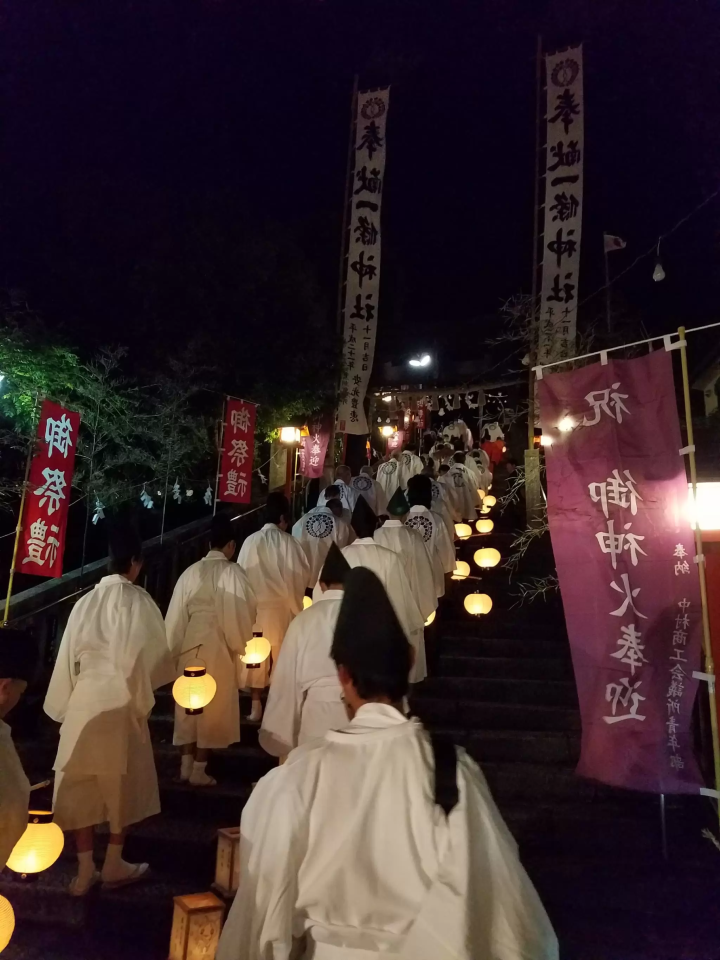
If you're lucky, you might be greeted by Miko-chan, the second generation mascot cat.

9. Kozanji Temple and Citizens' Mori, founded by Kobo Daishi Kukai
" Kosan-ji Temple " is also known as "Kosan-ji Temple" and is said to have been founded by " Kobo Daishi Kukai ."
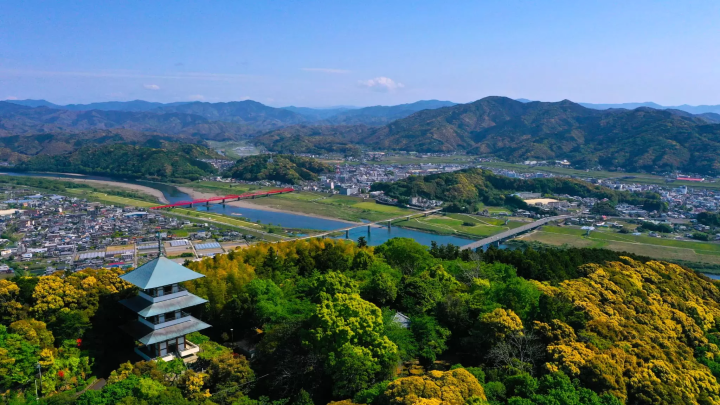
The principal image of the temple, the Eleven-Headed Kannon, is said to have been created by Kukai , and the temple was once a large one with seven buildings.
The current hall was rebuilt in the 1950s after the temple was abandoned in Showa. The wooden statue "Seated Statue of Saint Nanbutsu" is a portrait sculpture of the monk Nanbutsu (the head priest of Kongofukuji Temple), who lived at Kosanji Temple in his later years. As a work from the Kamakura period, it is a prefectural designated cultural property and is currently kept at the Shimanto City Local History Museum.

It is known as an ideal spot for hiking and forest bathing, and is also a popular birdwatching spot with many migratory birds.

It is also famous as a famous spot for wisteria , the city flower of Shimanto City, and you can see about 20 of the 32 species of wisteria that bloom around the world.

10. Iwami-ji Temple: A mini pilgrimage around the 88 temples
At Ishimi -derayama , located in a corner of Mount Higashiyama in Shimanto City , there is a hiking trail lined with 88 mini stone Buddha statues from around Shikoku .

There are 88 mini stone Buddha statues along the hiking trail (approximately 4 km), and white plaques indicating the name of the temple and the principal image are placed next to the stone Buddha statues.

It was the 39th temple on the Shikoku 88 Temple Pilgrimage and is said to have been founded by Kobo Daishi Kukai in 804 AD. During the Hirata Village, so they returned the temple and moved it to light Enkoji. During the Ichijo clan's reign, Iwami-dera was the guardian temple, likening it to Mount Hiei ji Temple on Mount Hiei in Kyoto.

11. Fuwa Hachiman Shrine, the oldest shrine in Kochi Prefecture
Fuwa Hachiman Shrine is said to have been built approximately 550 years ago by Ichijo Norifusa, the ancestor of the Tosa Ichijo clan, as the main guardian deity of Hata, by inviting Shimizu in Kyoto .

This shrine is said to be the guardian deity of the Ichijo family, and is deeply revered not only by the Ichijo clan, but also by the Chosokabe clan, Nakamura Yamauchi clan, and other successive castle lords.
The main hall is the oldest shrine building in Kochi Prefecture and has been designated as an Important Cultural Property by the national government as an important building from the late Muromachi period. The main hall is built in the Sangensha Nagare-zukuri style and the beautiful slope of the thatched roof is eye-catching.

The Fuwa Hachiman Shrine Grand Festival , held every September, is an autumn festival famous for the wedding of the gods .
It is said that this festival was started to correct barbaric customs such as "bride-carrying" and is a rare festival nationwide.

There are many things to see, such as the portable shrine matching ceremony, votive sumo wrestling, Hata Kagura, Ageuma and Yabusame.

12. The little-known power spot, "Jaou Shrine"
Hebiou Shrine is a rare shrine where you are greeted by komahebi (guardian lion snakes ) instead of lion dogs.
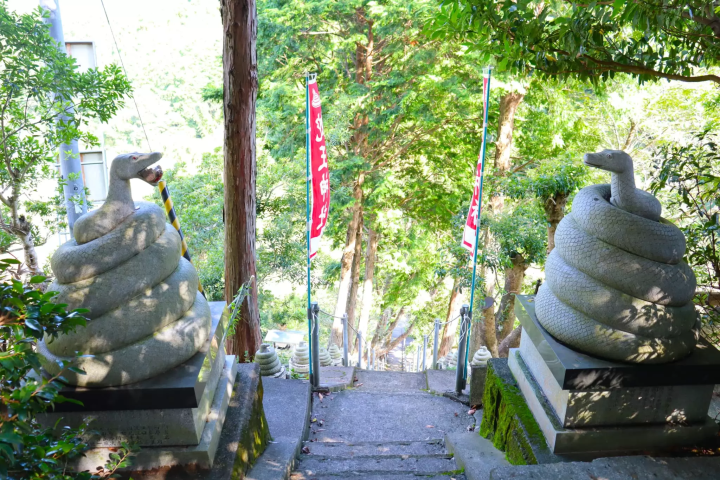
There are also coiled snakes lined up on both sides of the stepped approach to the shrine.
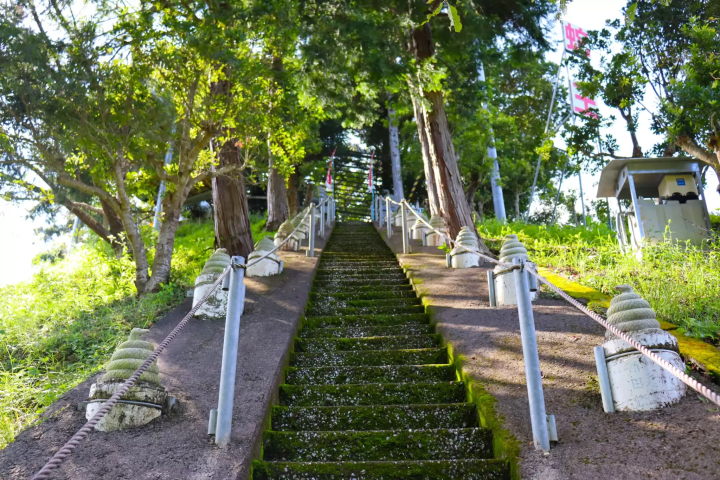
The " White Snake " is enshrined at Hebi-o Shrine. It is said to bring good luck in money, health, and exam success, and is known for its powerful power, attracting many believers.

The Snake King Statue, "Snake King Hall," is located in a place that seems to be floating in the air. Surrounded by mountains on all sides, you can feel the mysterious power of the Snake King Statue in the middle of nature.
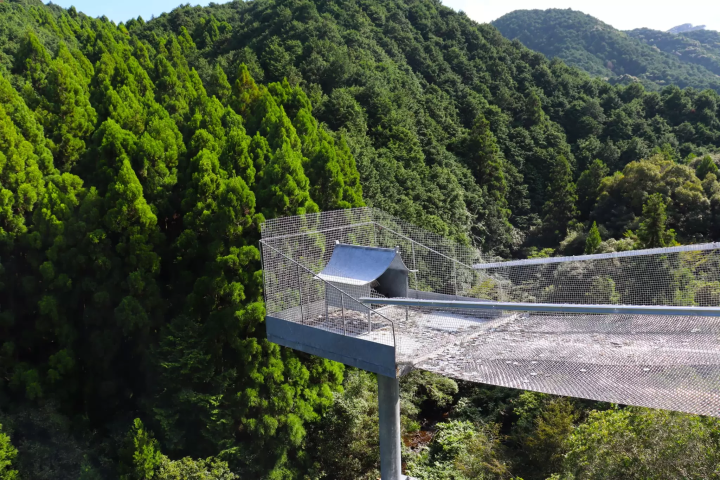
A little detour to Nagoshi Beach
" Naka Beach " is located near Jaou Shrine and is a hidden gem that only locals know about.
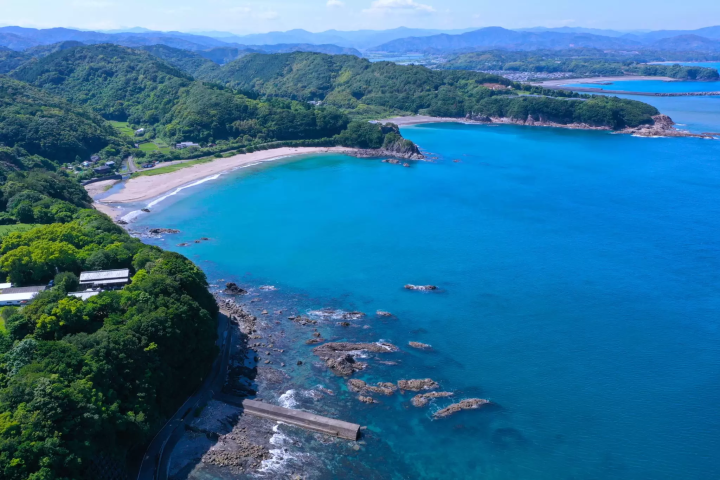
The waves are calm and the beach is small and clean with white sand.

13. Shimanto Astronomical Observatory: Enjoy the starry sky in the "Shimanto Sky Town"
The Tosa district of Shimanto City , a stargazing spot recognized by the former Environment Agency, has been certified as a " starry sky town ."

Shimanto Astronomical Observatory is the perfect environment for astronomical observation as there are few street lights in the surrounding area, allowing you to see the sky filled with stars with the naked eye .
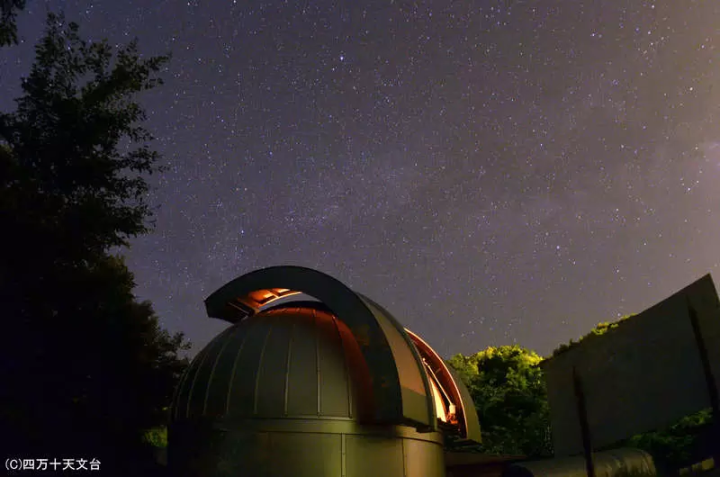
The observation dome is also equipped with a full-scale astronomical telescope, allowing you to observe planets, nebulae, star clusters, and other things that cannot be seen with the naked eye.
Enjoy a luxurious journey through the starry sky while listening to commentary from a star expert, a " Star Admiration Attendant ."

14. If you are looking for local souvenirs, go to Roadside Station Yorimizu Tosa
Roadside Station Yorimizu Tosa has a Toyotomi selection of local ingredients and original products, and there are many souvenirs that can only be purchased here.

There is a light truck set up inside the store, and the products are displayed on top of it. It has a homey atmosphere with a wide selection of seasonal vegetables and locally made items.

Tenants include " Ayu Market ," which demonstrates and sells salt-grilled wild sweetfish, " Strawbale SANKANYA ," which sells handmade cakes, and " Tosa Shokudo ," which uses ingredients from Tosa , so you can satisfy both your heart and your stomach. Why not go and meet the famous stationmaster Hayashi?

Access to Shimanto City
Kochi Station → Kubokawa Station → Nakamura Station (No transfers required)
Matsuyama Station → Uwajima Station → Ekawasaki Station ~ Nakamura Station (The Ekawasaki Station ~ Nakamura Station section is a bus route. By using the river bus from Ekawasaki Station to Nakamura Station, you can travel to Shimanto City while sightseeing along the Shimanto River River.)
River Bus
Shimanto River sightseeing bus that connects trains and buses!
You can take in the scenery of the gently meandering waters of the last clear Shimanto, Shimanto, stroll along the Shimanto River, before smoothly transferring to the train to head to your next destination.
Kawa Bus Schedule
Operates every day Spring break (3/16-3/31), Golden Week (4/22-5/7), Summer vacation (7/15-8/31)
Operates on Saturdays, Sundays and public holidays. Closed from March to November. December to February.
Akame
For just 500 yen you can ride the sightseeing bus around the spots in Shimanto City all day long!
Akame-go operating schedule
Spring break (Saturdays and Sundays in March), Golden Week (4/22-5/7), Summer break (7/15-8/31), Winter break (12/23-1/8)
- There is a special free pass called " Bass Pass " for tourists from abroad! ↓


For 3 days → 3,000 yen, or for 5 days → 3,500 yen, you can ride the local trains, Kawabus, Shimanto and Ashizuri buses as much as you like!!!
Also available at the Shimanto City Tourism Association .
Let's take a ride on YODO LINE BROTHERS!
The Yodo Line is a local line that connects Uwajima and Iwai Station.
The train window offers beautiful views of the Shimanto River and other scenic views on both sides. It takes about 2 hours and 30 minutes to ride the entire line, so you can enjoy the scenery at your leisure.
You can also go to Matsuyama and Kochi on the Yodo Line.

Railway Hobby Train
The slowest Shinkansen in the world! The maximum speed is only 85km/h!
The " Railway Hobby Train " currently operates on the Yodo Line and has an impactful design based on the original 0-series Shinkansen.
The bulbous nose has been faithfully reproduced, and the seats actually used in the Series 0 Shinkansen are also installed. There are also many railway models on display inside the car, so you can enjoy both inside and outside.

You can board the train between Ekawasaki and Uwajima.
Kappa Uyoyo
As its name suggests, the " Kappa Swarm" train is full of kappas swarming both inside and outside.
The exterior is designed with kappa enjoying the clear river, and the interior is also decorated with many kappa.
The interior of the train is all about kappa, from the seat design to the curtain design and even the kappa display case. It might be fun to try and count how many there are.
Kappa are displayed throughout the train, allowing you to fully enjoy the world of kappa.

You can board the train between Kubokawa and Ekawasaki.
Want to know more about Shimanto City?
The Shimanto City Tourist Association also offers bicycle rentals!
Please feel free to contact us with any enquiries or requests for brochures regarding tourism in Shimanto City.
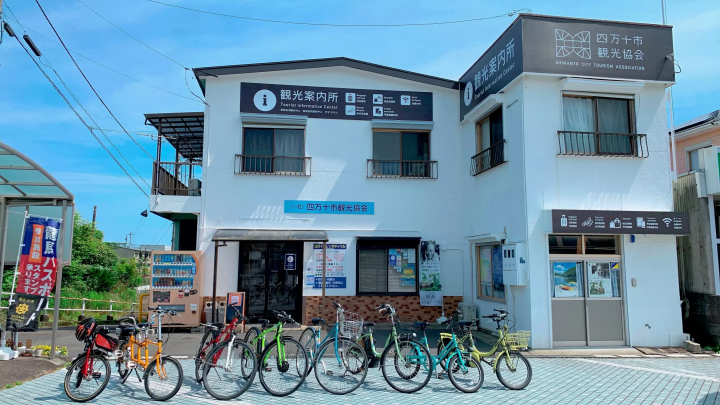
Article created by Shimanto City Tourism Association
The Hata region of Kochi Prefecture is located at the southwestern tip of Shikoku, and is a peninsula that juts out into the Pacific Ocean, facing Tosa Bay to the east and Bungo Channel to the west. It is made up of three cities, two towns, and one village: Hara Village. It is a natural powerhouse rich in blessings, including the nationally famous Shimanto River and Cape Ashizuri, the blessings of the Kuroshio Current that flows along the coast, and the blessings of mountains that boast the largest area of forests in the country.
The contents on this page may partially contain automatic translation.


![[Shimanto City, Kochi Prefecture] Introducing all the sightseeing boats you can't miss when you come to the Shimanto River!](https://resources.matcha-jp.com/resize/200x2000/2023/11/29-154343.webp)




























![[Coupon Available] Attention Overseas Winter Sports Fans! Nagano's Sports Depot Has Evolved](https://resources.matcha-jp.com/resize/720x2000/2026/01/05-254819.webp)